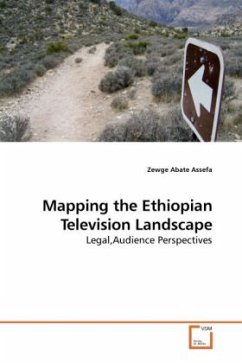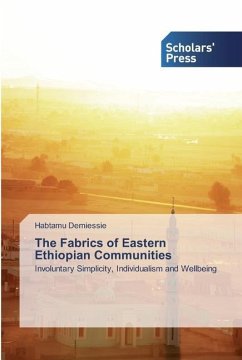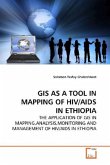The television landscape in Ethiopia is getting more diversified in terms of global media reception whereas its local dimension is not developing so much as the country has only one state-owned television with scant component of entertainment. The sole prevalence of state television stands against legal provisions which allow other forms of ownership for commercial, public and community broadcasting services. This project attempts to describe the television landscape in Ethiopia focusing more on the legal provisions pertinent to television ownership and programming and the reception of global and local television programmes. The research analysed relevant legal documents to show the potentials and limitations of provisions for television broadcasting, thereby exploring the extent to which the legal framework is enabling. Moreover, the interplay between the reception of global and local television programming was examined through focus group discussions and in-depth interviews facilitated for college/university students so as to explore how audiences make meaning out of particularly Western cultural products.
Bitte wählen Sie Ihr Anliegen aus.
Rechnungen
Retourenschein anfordern
Bestellstatus
Storno








